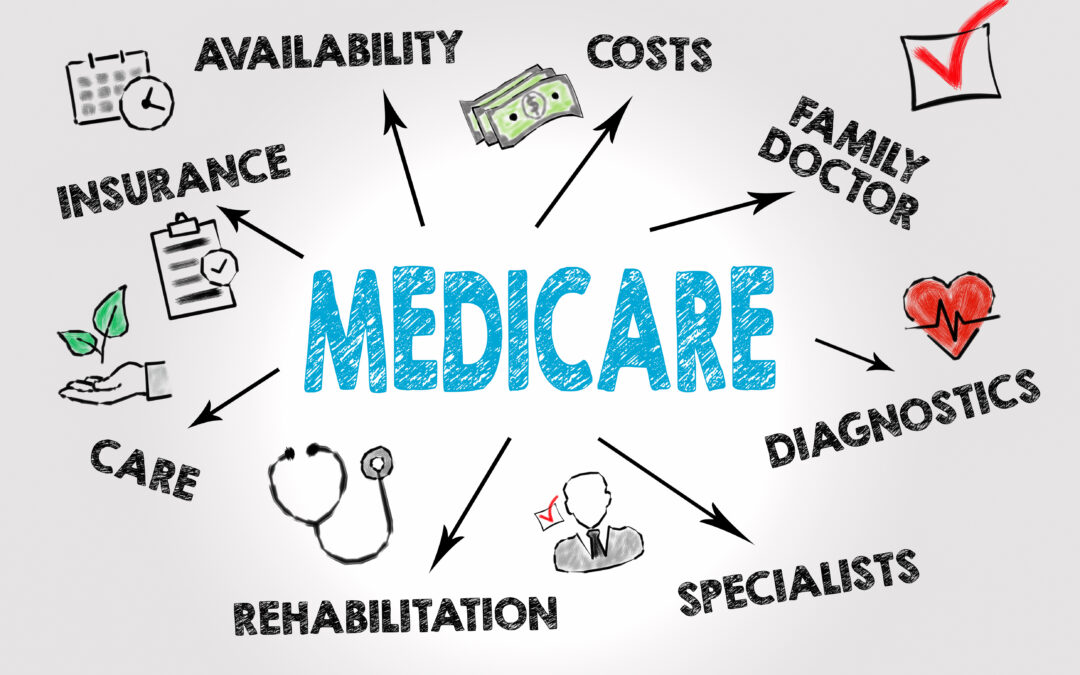
Why You Should Rethink Using Your Retirement Savings for Anything OTHER Than Retirement OR Should You Use Your Retirement Savings to Pay for College, Fund a Down Payment, Start a Business, or…Anything Else???
As the years go by and your paychecks keep coming in, you diligently save for retirement, even benefiting from your employer’s match. Every now and then, you check your account statement, and that growing nest egg sure looks impressive!
So, when it’s time to fund your child’s college education, make a down payment on your dream home, or launch the small business you’ve been pondering for years, you might wonder: “Should I dip into my retirement savings?”
Our expert advice? A resounding “no!”
We understand the temptation, and as financial advisors, we often encounter this question. Let’s explore why using your retirement savings for other purposes isn’t a wise decision.
Reason #1: Penalties
Cashing out your retirement account early comes with several penalties:
- Early Withdrawal: Withdrawing from your 401(k) before age 59½ incurs a 10% penalty from the IRS.
- Taxes: The IRS mandates a 20% tax withholding on most 401(k) withdrawals.
For example, withdrawing $10,000 for a house down payment would result in a $1,000 penalty and $2,000 in taxes, leaving you with just $7,000.
Pro Caveat: If you’re set on using your 401(k) for a down payment with no other options, consider converting it to an IRA. First-time homebuyers can withdraw $10,000 without the 10% penalty.
Reason #2: Lost Growth
Early withdrawals disrupt the compounding process and may leave you with a smaller nest egg than you anticipated, potentially affecting your quality of life in retirement.
Like all investments, your retirement account grows through contributions and the power of compounding. The larger the balance, the greater the compounding effect. What does that mean for you? Essentially, that you have to contribute less to earn more over time.
By withdrawing $100,000 for your child’s college tuition or to kickstart your own business, not only are you reducing your account balance, but you’re also sacrificing the compounding benefits that this sum would have provided—which means you’ll have to put more money in to see the same net result.
Here’s an example. Imagine you’re 45 years old with $250,000 in your retirement account when you decide to withdraw $100,000 for college or a new business. Your account now has $150,000, and assuming an 8% interest rate and no further contributions for the next 20 years, your balance at age 65 would be around $699,000. However, if you had maintained the original $250,000 balance with the same 8% rate and no additional contributions, you’d retire with approximately $1,165,000. This difference of about $466,000 could significantly alter your retirement lifestyle.
Reason #3: A Later Retirement Start Date
It should come as no surprise that early withdrawals can push your retirement finish line way back, because your account balance is such a large part of what determines your retirement readiness. When you remove a large portion of your savings, you risk not having enough money to maintain your current lifestyle in retirement. With increased life expectancies and the rising costs of healthcare and living expenses, it’s more important than ever to ensure that your retirement savings remain intact and continue to grow.
You don’t want to find yourself struggling to make ends meet in your later years or being forced to work longer than you initially planned. This can be a huge blow to your overall well-being and quality of life.
Financial Planning: An Alternative to Withdrawing from Your Retirement Account
We understand that considering an early withdrawal from your retirement account is likely driven by financial necessity or concerns about the economy. However, there are alternative options to explore. From initiating college savings plans early to establishing emergency funds, we’re here to help you manage your overall financial well-being and achieve your savings and retirement objectives.
If you require guidance in this area, we invite you to schedule a consultation. The support and expertise of a financial advisor can significantly impact your ability to preserve and grow your wealth for the future, as well as help you meet your cash flow needs today.
Are you on track for retirement?
Making sure you will be ready for retirement can be overwhelming. Funding your retirement accounts over the years is a critical part of your journey to the retirement of your dreams. An experienced Financial Advisor can help you navigate the complexities of investment management. Talk to a Financial Advisor>
Dream. Plan. Do.
Platt Wealth Management offers financial plans to answer your important financial questions. Where are you? Where do you want to be? How can you get there? Our four-step financial planning process is designed to be a road map to get you where you want to go while providing flexibility to adapt to changes along the route. We offer stand alone plans or full wealth management plans that include our investment management services. Give us a call today to set up a complimentary review. 619-255-9554.





